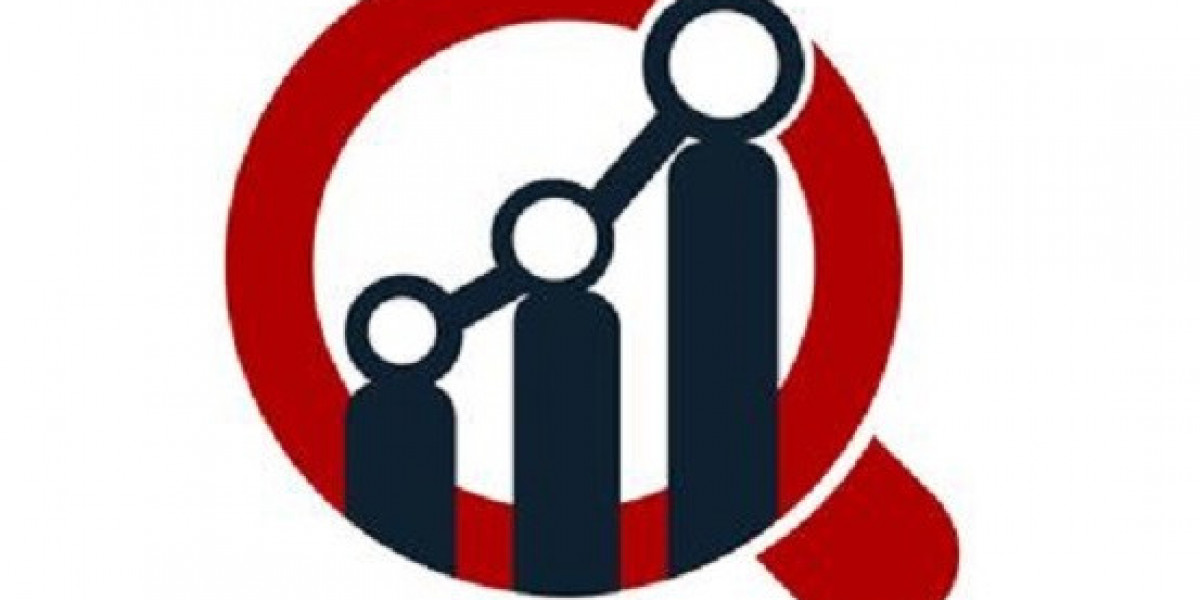U.S. Pharmacy Benefit Management Services: Navigating the Complex World of Prescription Drug Costs
May 2025 — As prescription drug prices continue to be a top concern for Americans, Pharmacy Benefit Management (PBM) services have taken center stage in the ongoing debate over healthcare access, cost transparency, and market fairness. These behind-the-scenes companies play a critical role in managing how medications are accessed and paid for—but not without controversy.
What Is a US Pharmacy Benefit Manager?
A Pharmacy Benefit Manager (PBM) acts as an intermediary between insurers, pharmacies, drug manufacturers, and employers. Their primary role is to negotiate drug prices, create formularies (lists of covered drugs), and administer prescription drug plans for health insurance providers.
Major PBMs in the U.S. include:
- CVS Caremark
- Express Scripts (Cigna)
- OptumRx (UnitedHealth Group)
Together, these companies manage over 75% of all prescription claims in the U.S., wielding enormous influence over drug pricing and access.
Core Services Provided by PBMs
- Negotiating Discounts and Rebates
- PBMs work with drug manufacturers to secure lower prices, often in exchange for preferred placement on formularies.
- Claims Processing and Plan Design
- They handle millions of prescription claims daily, ensuring that insurance rules are applied and patient copays are calculated accurately.
- Pharmacy Networks Management
- PBMs determine which pharmacies are in-network, sometimes offering mail-order pharmacy options for savings and convenience.
- Utilization Management
- Includes tools like prior authorization, step therapy, and quantity limits to control costs and prevent unnecessary drug use.
- Specialty Pharmacy Services
- For high-cost, complex medications (like those for cancer or autoimmune diseases), PBMs provide care coordination, cold chain logistics, and adherence monitoring.
Benefits of PBMs
- Cost Control: Through negotiations and tiered formularies, PBMs help reduce what health plans and employers spend on drugs.
- Efficiency: Centralized administration helps streamline prescription processing and reduce administrative overhead.
- Access to Medications: PBMs enable plans to cover a wide range of medications and often support clinical programs to improve patient adherence.
Ongoing Controversies
Despite their stated benefits, PBMs face growing scrutiny over:
- Lack of Transparency: Critics argue that rebate structures are opaque and may not pass savings down to patients.
- Spread Pricing: In some cases, PBMs charge insurers more than they reimburse pharmacies, pocketing the difference.
- Impact on Independent Pharmacies: Small pharmacies often claim PBMs reimburse them at unsustainable rates, threatening their viability.
- Limited Drug Choice: Strict formularies may force patients to switch medications or face higher out-of-pocket costs.
Federal and state lawmakers continue to investigate PBMs, and legislation aimed at increasing price transparency and consumer protections is gaining momentum.
Regulatory Landscape
In recent years:
- The Federal Trade Commission (FTC) launched an investigation into PBM business practices.
- Several states have passed laws requiring greater disclosure of rebate structures and fairer pharmacy reimbursements.
- Proposals to “delink” PBM compensation from drug list prices have gained bipartisan support.
As of 2025, new federal rules are under review that would require PBMs to report more detailed pricing and rebate information to plan sponsors and regulators.
The Future of PBMs
The PBM sector is evolving rapidly. We’re seeing:
- Technology-driven transparency platforms
- More vertical integration between PBMs, insurers, and pharmacy chains
- Growth in pass-through PBMs, which return 100% of rebates to employers and plans
- Increasing demand for value-based pharmacy benefit models tied to patient outcomes
Final Thought
Pharmacy Benefit Management services are a critical, if complex, component of the U.S. healthcare system. While they can help rein in drug costs, their influence and opacity have drawn warranted attention. As the healthcare industry demands more accountability, the next chapter for PBMs may be one of greater transparency, reform, and patient-focused outcomes.
More Report: https://www.wiseguyreports.com/








